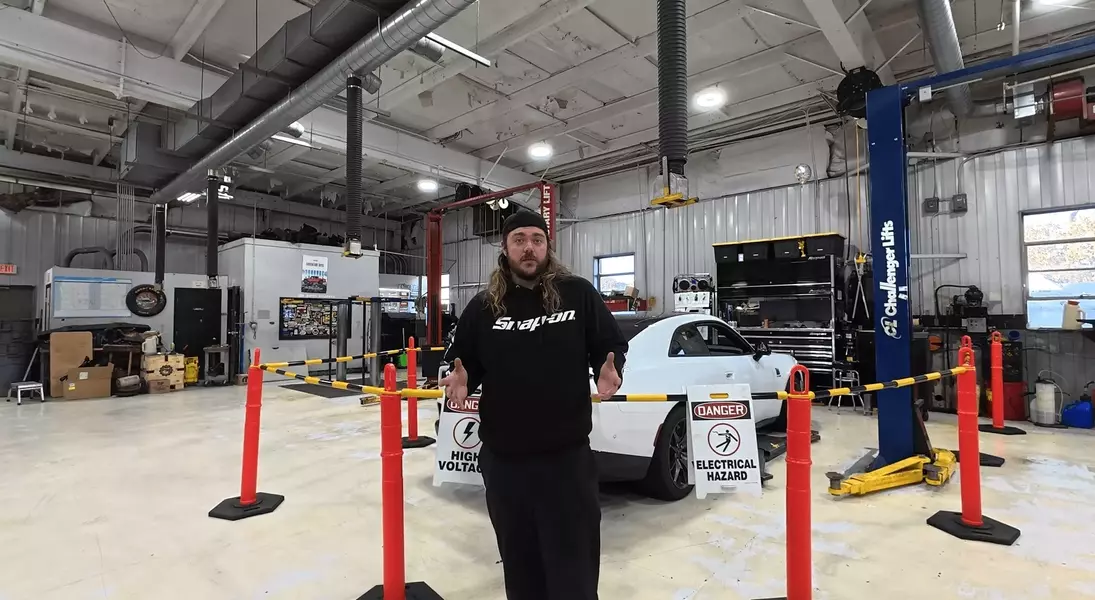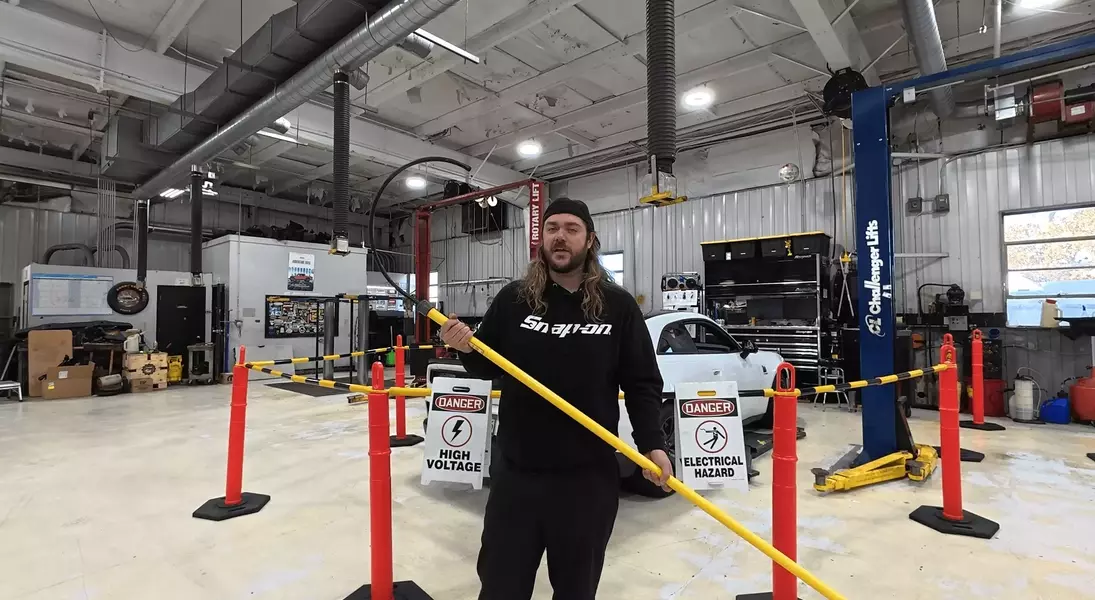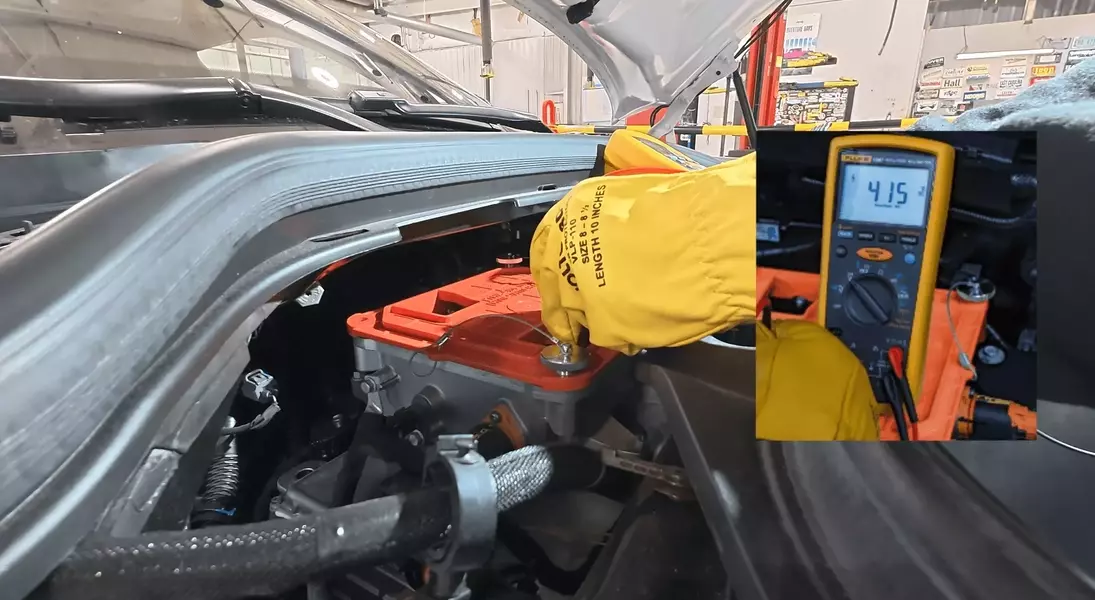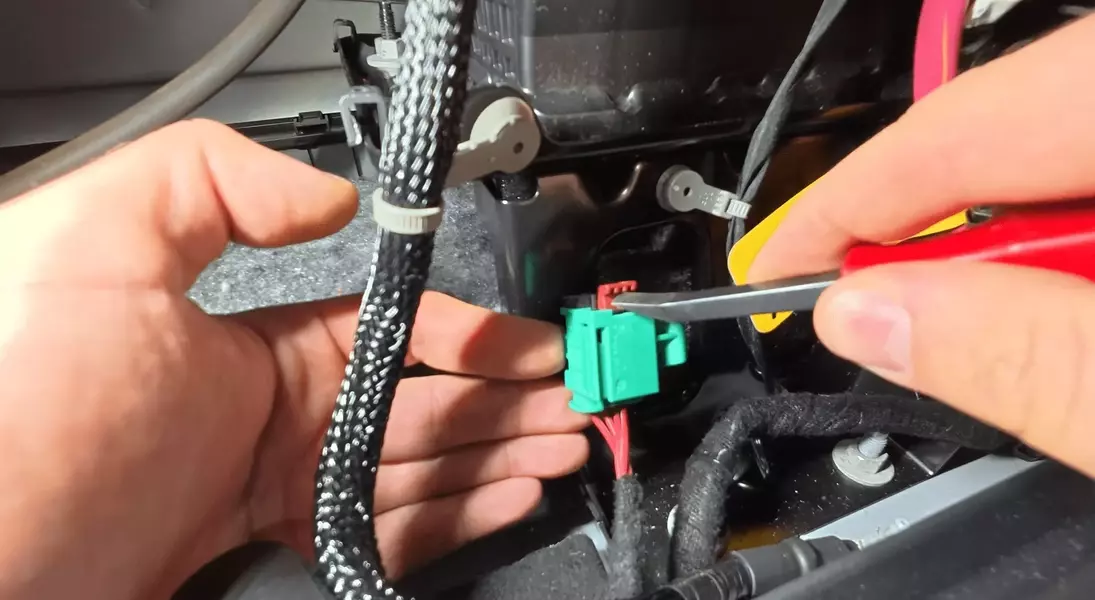





The evolution of automotive technology, particularly with the advent of high-performance electric vehicles like the Charger Daytona, has introduced a new paradigm in vehicle maintenance. Unlike traditional gasoline-powered cars, these electrified machines demand a level of meticulousness and adherence to safety protocols that transcends conventional repair procedures. The core of this transformation lies in the sophisticated high-voltage systems powering these vehicles, which, while efficient, pose significant risks if not handled with expert care. Consequently, the maintenance landscape has shifted, placing a premium on specialized training, advanced equipment, and an unwavering commitment to safety. This redefinition ensures that every interaction with these cutting-edge vehicles, from routine checks to complex repairs, is executed with precision, safeguarding both the technician and the vehicle's intricate electrical architecture.
Dissecting the Complex Service Requirements of the Charger Daytona
In the bustling auto service bay of Virginia Beach, certified Mopar technician Jordan Rose provides an illuminating glimpse into the meticulous world of servicing the all-electric Charger Daytona. This cutting-edge muscle car, a prominent discussion point among automotive enthusiasts, distinguishes itself not only by its electric propulsion but also by its uniquely demanding maintenance regimen. On November 26, 2025, Rose’s demonstration highlighted that working with such a vehicle is far removed from the straightforward tasks associated with conventional internal combustion engine (ICE) cars. For instance, the Daytona, even when seemingly inactive, houses a high-voltage battery capable of delivering several hundred volts—a potentially lethal charge. This necessitates that technicians don full electrical personal protective equipment (PPE) and establish a dedicated high-voltage quarantine zone around the vehicle. An additional safety measure involves having a second technician on standby with a shepherd's hook, ready to intervene in case of electrocution. Furthermore, the vehicle must be moved at a glacial pace, below 2 mph, to prevent the electric motors from inadvertently generating power. Prior to any hands-on repair, a rigorous power-down sequence is initiated. Technicians first verify live voltage levels, which in Rose’s assessment, often exceed 400 volts. Only after confirming a safe voltage drop to near zero can the high-voltage loop be disengaged. This is followed by a crucial Loss of Isolation test, ensuring no electrical current is escaping into the vehicle's metal chassis. Rose's diagnostic equipment showed a satisfactory reading of 3.1 megaohms for the vehicle under examination, affirming its safe state for service. These extensive pre-repair safety checks, which collectively add considerable time to each service appointment, contrast sharply with the simple battery disconnection typical for gasoline cars. While electric vehicle repairs may often prove more economical in the long run due to fewer moving parts, the initial safety-centric procedures underscore the profound differences in maintenance philosophies between electric and traditional automobiles. Post-repair, the system is carefully reconnected, and the vehicle undergoes a process to clear a multitude of fault codes generated during the shutdown. The service is deemed complete only after all safety protocols are thoroughly re-verified, reinforcing the imperative of professional expertise for these advanced vehicles.
The meticulous nature of servicing electric vehicles, particularly high-performance models like the Charger Daytona, serves as a powerful reminder of the evolving demands within the automotive industry. It underscores the critical need for specialized training and stringent safety protocols, highlighting that DIY approaches to EV maintenance are not only ill-advised but potentially life-threatening. As the automotive landscape continues its shift towards electrification, the expertise of certified professionals becomes indispensable, ensuring both the longevity of these advanced machines and, more importantly, the safety of those who work with them.
